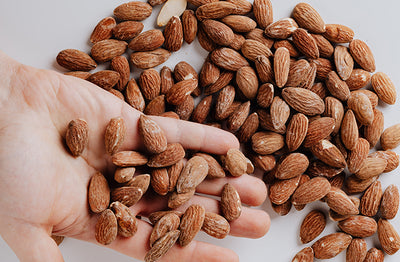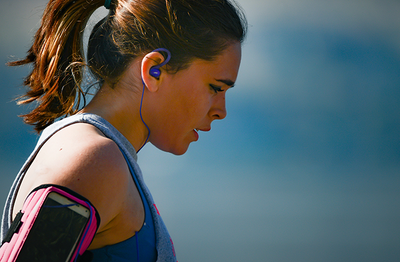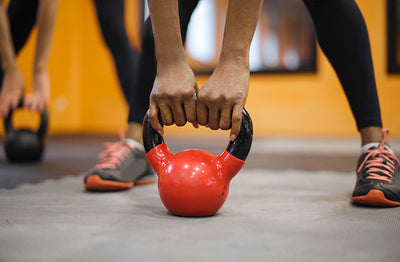Cardiovascular fitness is a bit of a mouthful, so we usually just call it "cardio", "jogging" or "Oh crap, not that again". It’s an important part of any fitness routine, especially if you’re aiming for good endurance and all-round health.
What Is Cardio?
It’s fair to say that of all the muscles in your body, your heart muscles are the most important. Sure a good set of pecs look impressive, but they just don’t have the same appeal if your heart isn’t beating consistently. Pretty much because it’s hard to look good when you’re having a heart attack.
Cardio is when you’re exercising your cardiovascular system so that your heart gets more efficient at pumping blood around your body, and your muscles get better at pulling oxygen, energy and nutrients from that blood.
What are some examples?
Exercises that get your heart rate to about 50 – 75% of your maximum heart rate are usually called cardio (There’s a separate article on calculating your max heart rate
here)
The most common cardio exercises are running (on a treadmill or outdoors) cycling, swimming and cardio fitness classes. As long as your heart rate is kept constant, you can consider these cardio.
Cardio is something that lots of people dread, because it’s draining, long and sometimes monotonous, but there are lots of good reasons to push through the discomfort and keep the cardio in your exercise routine.
Weight loss
It’s pretty obvious that being active uses more calories than sitting on the lounge watching “Masterchef”. Mixing cardio into your exercise routine is even better. It’s not a stand-alone solution, but it’s something you should be doing.
More boom for your buck
Cardio increases the amount of nutrients and oxygen your muscles need, so when this increases, your body automatically strengthens up the systems that absorb these nutrients into your muscles. Your lungs also become more efficient at using the oxygen in them, and your blood vessels get better at letting blood through.
All this gives you better performance when you’re really pushing yourself, or just when you need to run up a flight of stairs in a hurry.

Pump up the volume
Because cardio helps your heart run more efficiently, it doesn’t need to work as hard. Comparing someone with good cardio to someone without it, the person with better cardio will generally have a lower heart rate. This is because the heart muscles are a lot stronger, and can push more blood per beat.
Having a lower heart rate means there’s less wear and tear on the heart too.
Besides helping your muscles work better, your brain will get more nutrients too. This helps you think clearer, balance your hormones and can even help with depression (though if you do have depression, seeing a doctor is also a great idea)
Sleep like a baby (one that sleeps really well though)
Ever had
trouble sleeping? Believe me, it’s much easier when you’ve cardio’d yourself into exhaustion. Besides your body wanting to sleep, feeling satisfied that you’ve kicked some arse for another day lets you drift off to sleep with a bit of a smirk on your face.
Conclusion
These are just a few reasons why cardiovascular fitness should be part of your regular routine. It’s OK on it’s own, but mixed with a weights session, sport or High Intensity Interval Training, it can really get your body moving into a whole new level. And not to mention cardio workouts are also great
fat burners.
Read More:
















